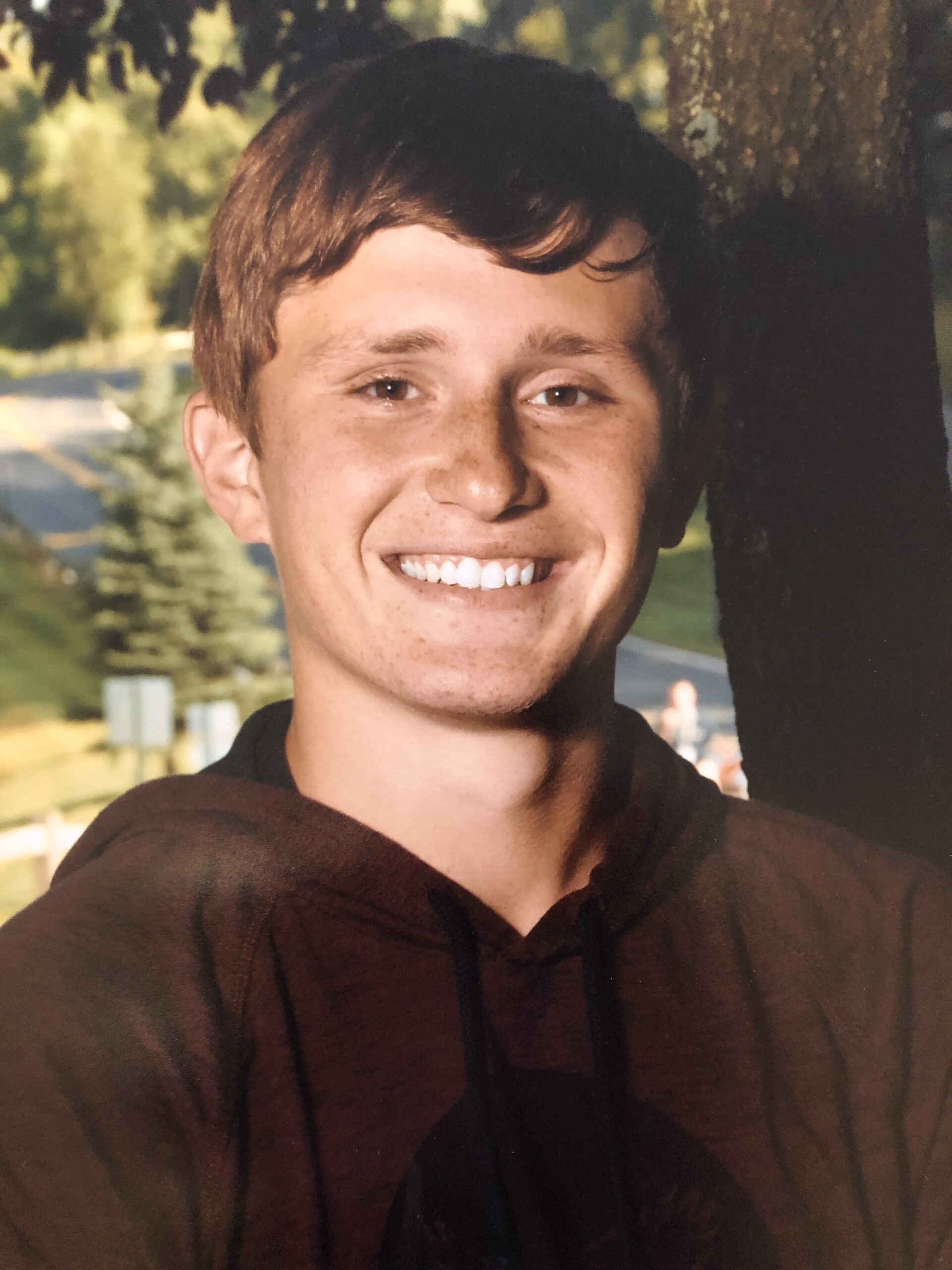Abstract: Phragmites australis is a fast growing invasive species native to Eurasia. Its faculatively clonal method of replicating allows it to create dense stands that drown out most other species, creating monocultures nearly everywhere they are found. A key aspect to mitigating their spread is knowing where they are, which is largely done by mapping and remote sensing. Having knowledge of the spectral signature of P. australis allows conservation groups to use remote sensing techniques to pinpoint P. australis stands, and effectively remediate them. Goose Island is an island at the mouth of the Connecticut River that is dominated by P. australis. Images of Goose Island show large variations in plant color both temporally and spatially. The color seen in these images comes from differences in cell structure that influence near infrared light (NIR) in addition to the chlorophyll pigments in the leaves, which reflect varying levels of blue, green, and red. These varying levels of reflectance can be measured spectrophotometrically via satellite imagery, aerial photographs, or in situ spectrometry device. The mechanisms responsible for the varying spectral signatures of the P. australis stands on Goose Island are unknown. There are many factors that can change the cell structure or concentration of chlorophyll pigments in leaves, including nitrogen, salinity, stress, organics, and heavy metals. Our team is studying carbon and nitrogen concentrations in the leaves of several spectrally unique stands. These same metrics will be analyzed in the soil adjacent to the stands in addition to the percentage of the soil’s organic material. The information yielded by this experiment will allow for the explanation of spectral differences in P. australis that can provide better classification methods of the invasive species.
Video:
Phrag-PosterLive Poster Session:
Thursday, July 29th 1:15-2:30pm EDT


